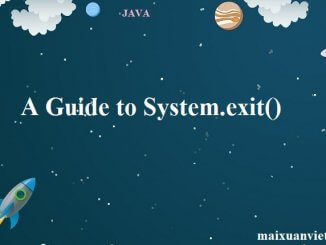
A Guide to System.exit()
1. Overview In this tutorial, we’ll have a look at what System.exit means in Java. We’ll see its purposes, where to use and how to use it. […]

1. Overview In this tutorial, we’ll have a look at what System.exit means in Java. We’ll see its purposes, where to use and how to use it. […]
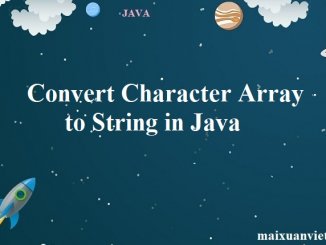
1. Overview In this quick tutorial, we’ll cover various ways to convert a character array to a String in Java. 2. String Constructor The String class has a constructor that […]

1. Overview In this tutorial, we’ll explore different ways of generating random numbers within a range. 2. Generating Random Numbers in a Range 2.1. Math.random Math.random gives […]
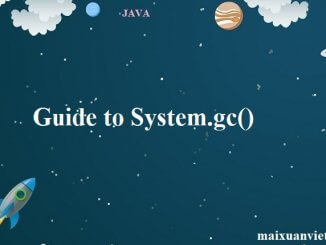
1. Overview In this tutorial, we’re going to investigate the System.gc() method located in the java.lang package. Explicitly calling System.gc() is known for being a bad practice. Let’s try to understand […]
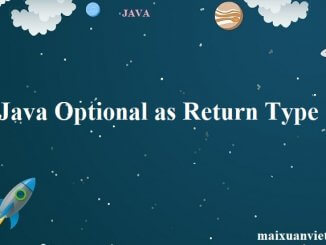
1. Introduction The Optional type was introduced in Java 8. It provides a clear and explicit way to convey the message that there may not be a […]
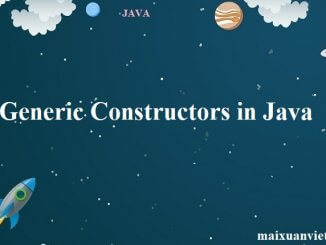
1. Overview We previously discussed the basics of Java Generics. In this tutorial, we’ll have a look at Generic Constructors in Java. A generic constructor is […]
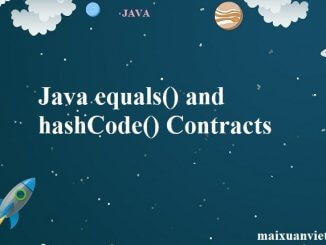
1. Overview In this tutorial, we’ll introduce two methods that closely belong together: equals() and hashCode(). We’ll focus on their relationship with each other, how to correctly override […]
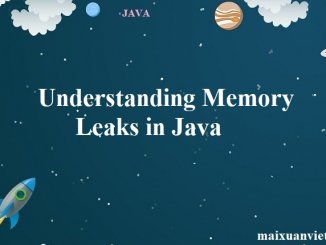
1. Introduction One of the core benefits of Java is the automated memory management with the help of the built-in Garbage Collector (or GC for short). The […]
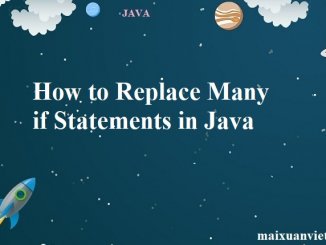
1. Overview Decision constructs are a vital part of any programming language. But we land up in coding a huge number of nested if statements […]

1. Introduction In this article, we’ll show different ways to capture a heap dump in Java. A heap dump is a snapshot of all the […]

1. Overview In this tutorial, we’ll be discussing the importance of password hashing. We’ll take a quick look at what it is, why it’s important, […]

1. Overview In this quick tutorial, we’ll show how to set the Java version in Maven. Before moving on, we can check the default JDK version of […]

1. Introduction To run an application in an optimal way, JVM divides memory into stack and heap memory. Whenever we declare new variables and objects, call […]
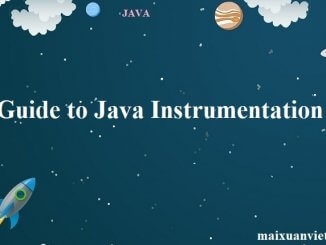
1. Introduction In this tutorial, we’re going to talk about Java Instrumentation API. It provides the ability to add byte-code to existing compiled Java classes. We’ll also […]
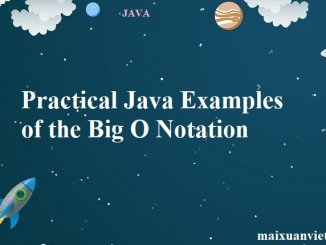
1. Overview In this tutorial, we’ll talk about what Big O Notation means. We’ll go through a few examples to investigate its effect on the running […]
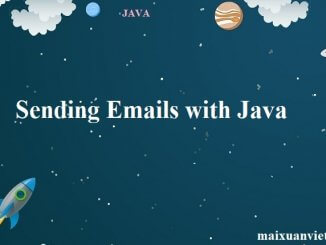
1. Overview In this quick tutorial, we’re going to look at sending an email with and without attachments – using the core Java mail library. 2. […]
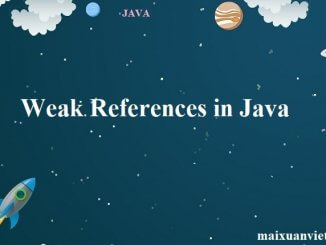
1. Overview In this article, we’ll have a look at the concept of a weak reference – in the Java language. We’re going to explain […]

1. Overview Many software developers, during their professional careers, face an opportunity to develop multilingual systems or applications. These’re usually destined for end-users from different […]
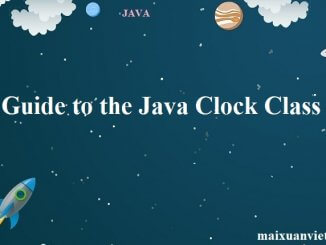
1. Overview In this tutorial, we’re going to look into the Java Clock class from the java.time package. We’ll explain what the Clock class is and how we can use it. 2. The Clock Class […]

1. Introduction This article is about Java’s dynamic proxies – which is one of the primary proxy mechanisms available to us in the language. Simply put, proxies […]
